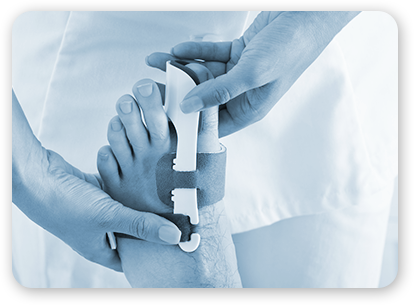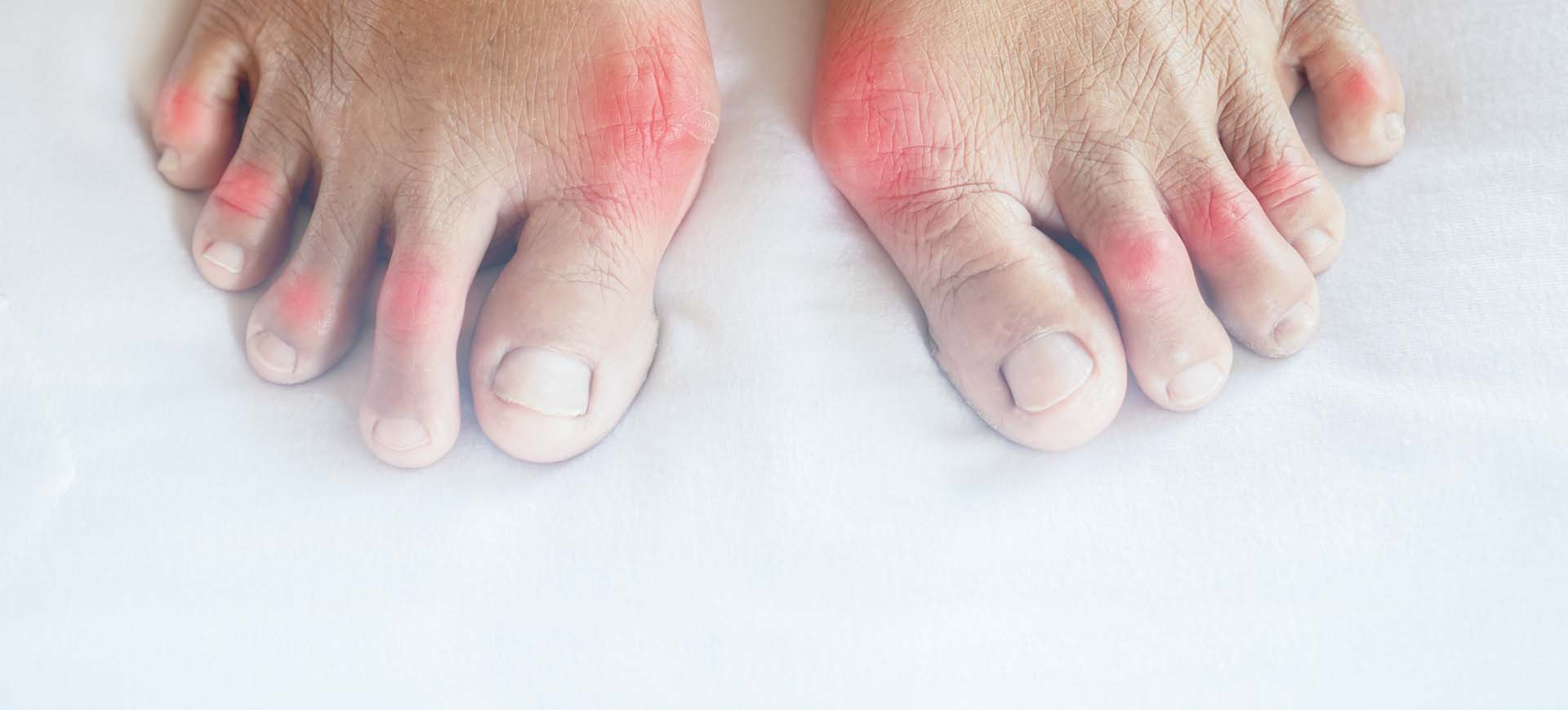Lesser Toes Correction
Book a free Intro call today to discuss options for Lesser Toes Correction - Email: Mrshariff-sec@outlook.com Tel: 07500 938115
What is Lesser Toes Correction?

Book a call with one of our team
Find out how we can help you with Lesser Toe Correction and other surgery treatments. Simply fill in this contact form and our Medical Secretary will be in touch to schedule a time that works for you.What does Lesser Toe Surgery involve?

Benefits of Lesser Toe Surgery
The purpose/benefits of Lesser Toe Surgery are to straighten the toe/toes, narrow the forefoot and correct deformity in order to reduce pain. The exact procedures performed are individualised for each patient; the exact benefits also vary.
Important Post-Operative Advice for Lesser Toe Surgery
Wound site – you will either have stitches or steri strips with a dressing covering the wounds. A padded bandage will be in place. If you have undergone surgery to correct deformities of the lesser toes you may also have K wire(s) protruding from the toe(s). If you need to walk you will take your weight through your heel. It is extremely important to keep the affected foot elevated above groin level as much as possible for the first two weeks following your operation. This is important to avoid swelling and help wound healing. You will find that when your foot is lowered it will throb and swell. This results in elevated levels of pain. Pain relief will be prescribed by your doctor. The wounds should be kept clean and dry until they are fully healed.A Special Shoe
Often called a ‘wedge’ shoe will usually be provided for you to wear following your operation. The shoe is designed so that all weight is taken through the rear of the foot. This shoe should usually be worn for 6 weeks after your surgery. Crutches will be provided and instructions on the safe use of them will be given to you by the physiotherapist. You should be able to walk to the toilet and will be shown how to manage stairs. You can gradually increase your walking distance.
Exercises
Patients are encouraged to move the toe after a Scarf osteotomy or a Weil osteotomy but may be advised not to move the toes after some other types of surgery. Check with your surgeon.
Appointment
You will be given an outpatient department appointment two weeks following your procedure. The bandage will be removed and your wound site will be inspected at this visit. If the wounds are sufficiently healed (following review at 2 weeks) then it will be possible to bathe. If wounds have not healed then the area must be kept dry.
Returning to work
This depends on your individual circumstances and your
type of employment. If you have a sedentary type employment and are able to elevate your affected foot then you may return to work from 2 weeks following the surgery but it may take 3 months for someone to return to a physically demanding job.
Driving
If surgery is to your left foot and you have an automatic car you can usually drive at around 3 weeks following your operation. Otherwise, it should take 6 to 8 weeks. You must be able to perform an emergency stop. Notify your insurance company of the type of procedure that you have undergone to ensure that cover is valid.
Sport
You can usually return to sports between three to six months from the date of operation; recreational walking or light sporting activities may be resumed earlier.
Possible Complications of Lesser Toe Surgery
Modern forefoot surgery has a success rate of over 90% but, as with all surgery, complications can occur. You should not contemplate surgery for cosmetic reasons only.
- Recurrence of the deformity – This happens very rarely and further surgery may be required.
- Over correction – This again happens very rarely and may require further surgery.
- Infection – An infection can sometimes occur in a small percentage of patients. If this is the case, it is possible that further surgery may be required to remove infected bone or screws. Minor infections normally settle after a short course of antibiotics.
- Numbness and tingling – This can occur at the surgical site, as a result of minor nerve damage. Numbness or sensitised areas are usually temporary but may be permanent.
- Non union – The bones occasionally fail to unite (join). If you smoke your risk of non union or major complications are greatly increased. It is essential that you stop smoking before surgery and refrain from smoking until all bones have healed.
- Screws – Occasionally, screws become prominent, these may be removed at a later stage.
- Scarring – Any type of surgery will leave a scar; occasionally this causes pain and irritation.
- Stiffness – Stiffness and pain in the toe(s) can occur following surgery.
- Pressure transfer –A callous can develop under the second toe caused by weight transfer to the second toe (this applies to bunion surgery only).
- Blood clots – A deep vein thrombosis (DVT) or Pulmonary Embolus (PE) is rare. Please inform the team if you have had a DVT or PE before, or if you have a family history of clotting disorders.
REPORT SEVERE PAIN, MASSIVE SWELLING, EXCESSIVE NUMBNESS OR PINS AND NEEDLES TO YOUR GP OR TO US.
Kent’s Holistic Foot & Ankle specialists
The Sajid Shariff clinic is a private orthopaedic clinic based in SE London and Kent that specialises in surgical and non-surgical treatment of foot and ankle conditions including Lesser Toe Surgery.
Keep an eye on the shape of your feet; if you see changes see a doctor to find out if there are any recommendations to prevent hallux valgus from forming

Use a variety of exercises to stretch your feet and calves

Try to avoid shoes that have a heel or pointed toe

